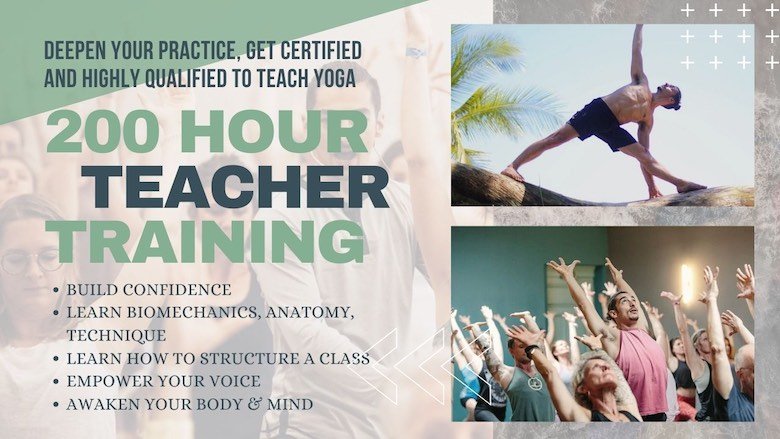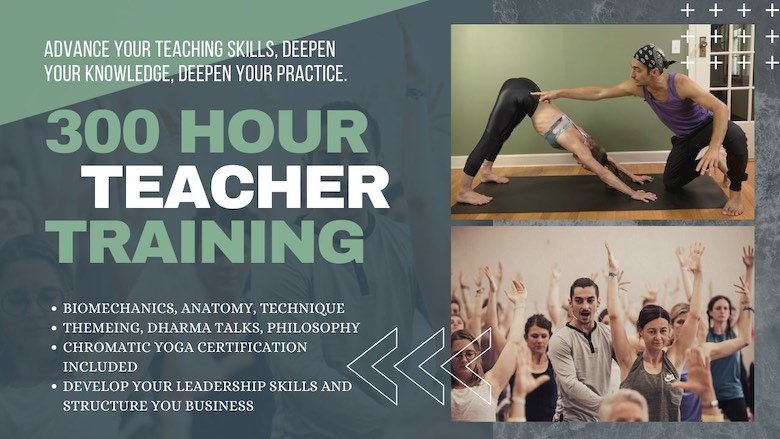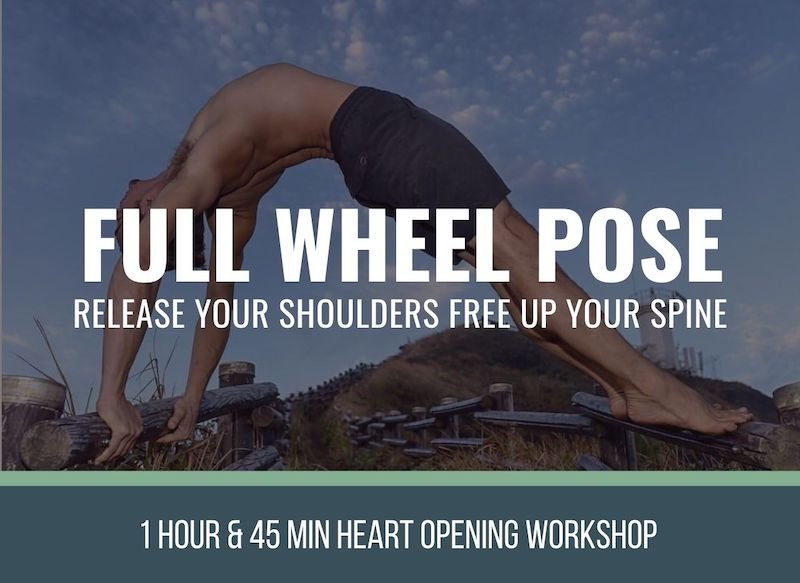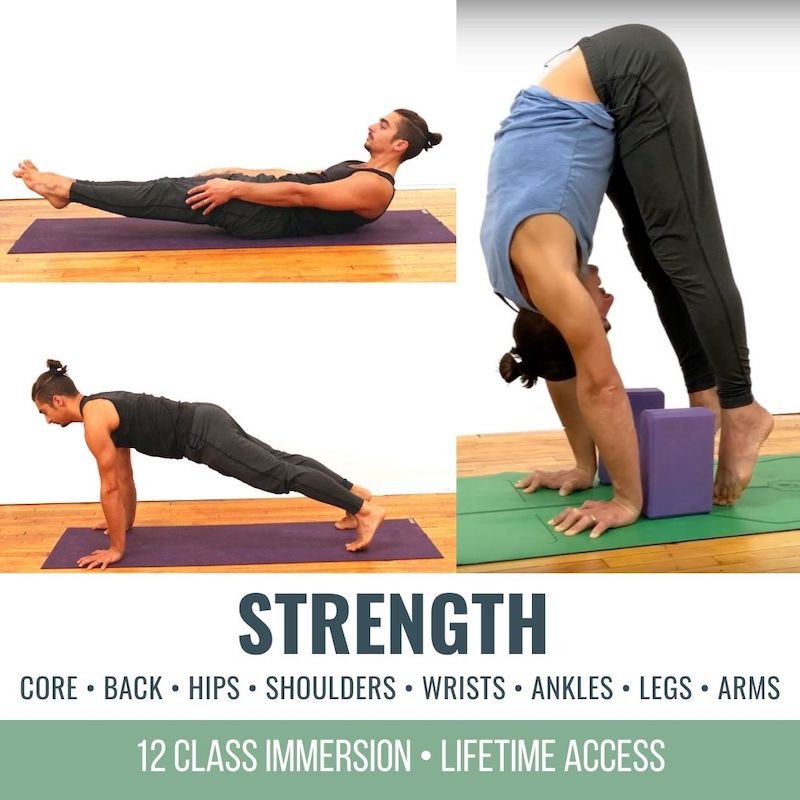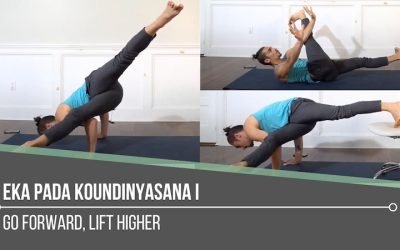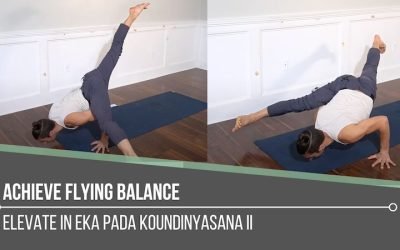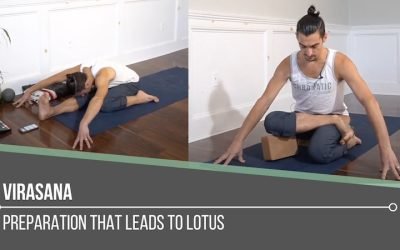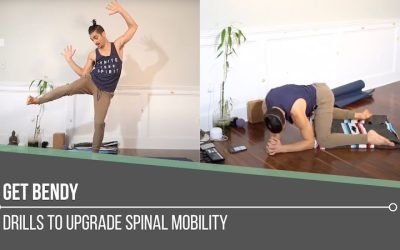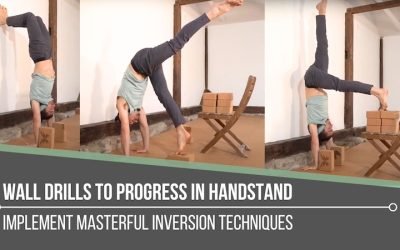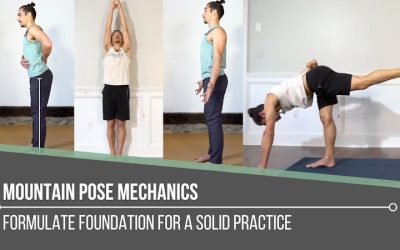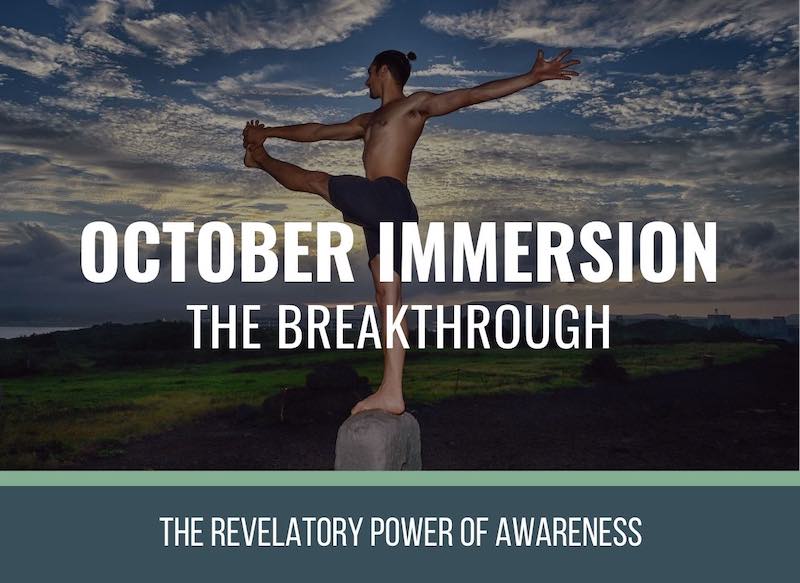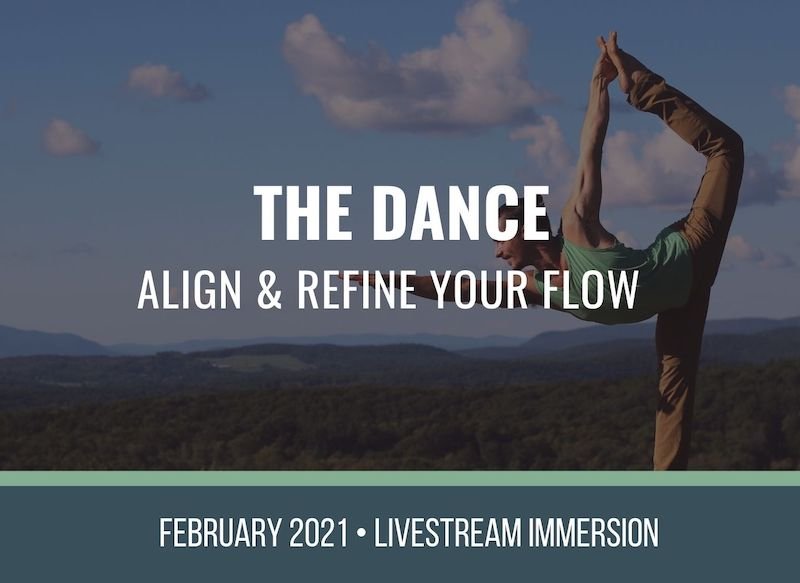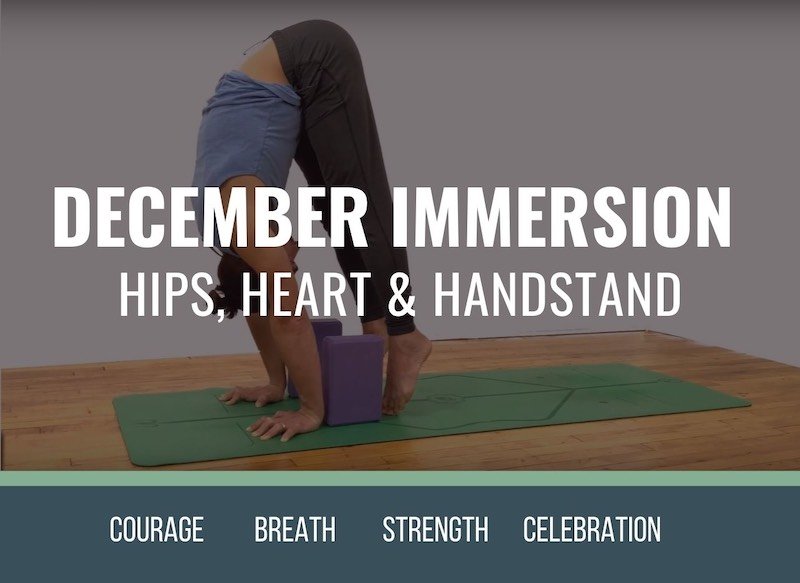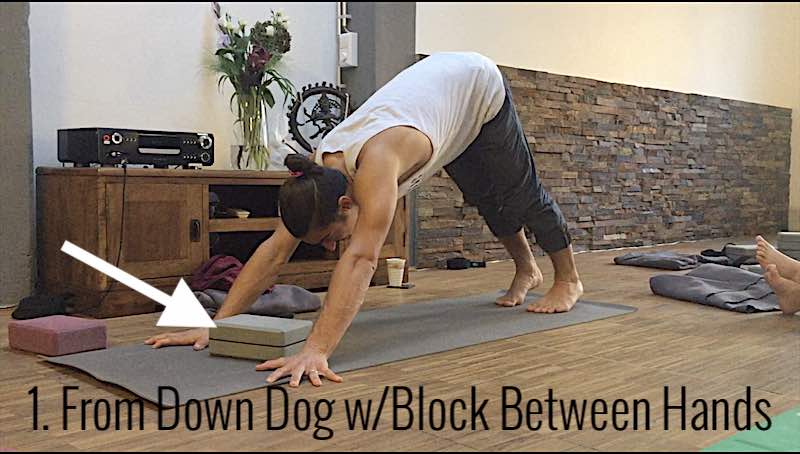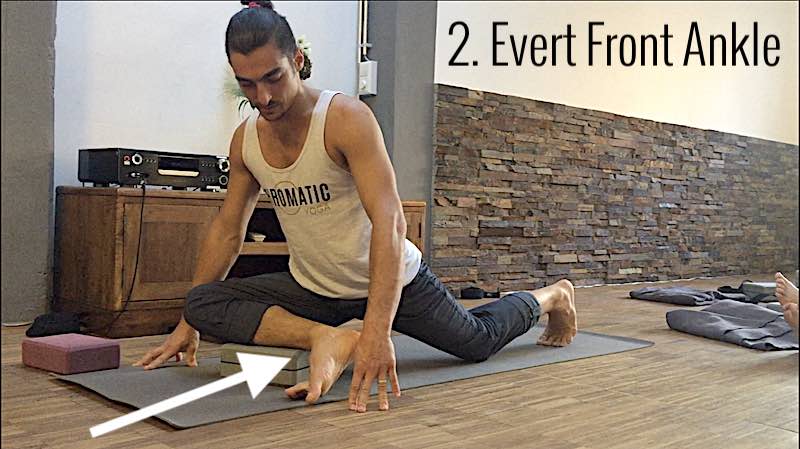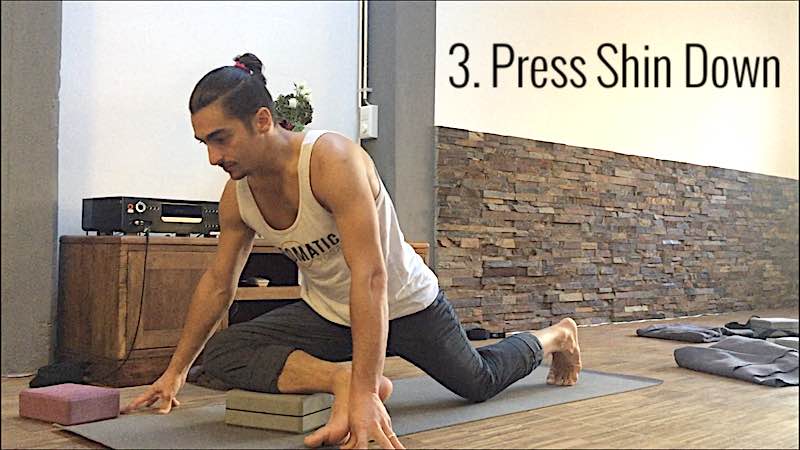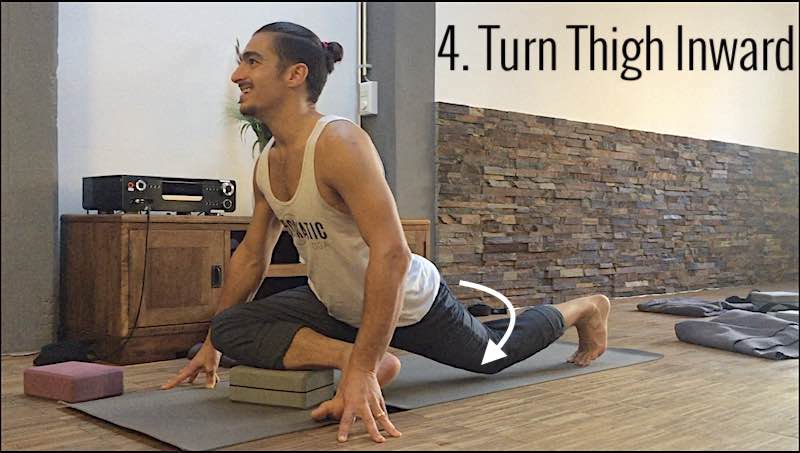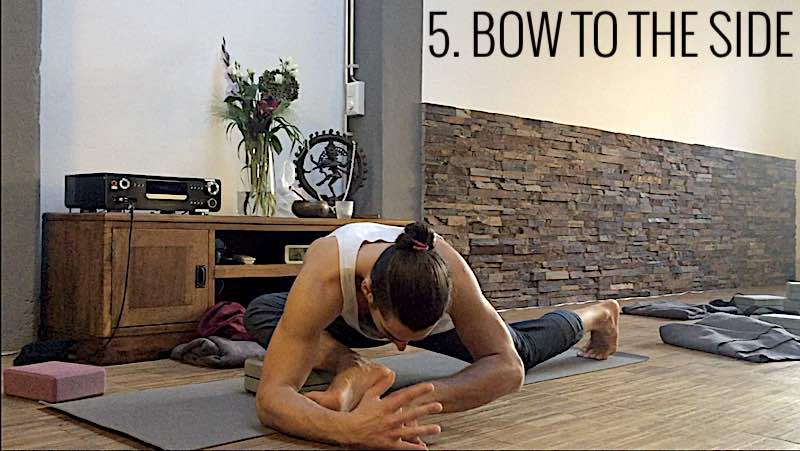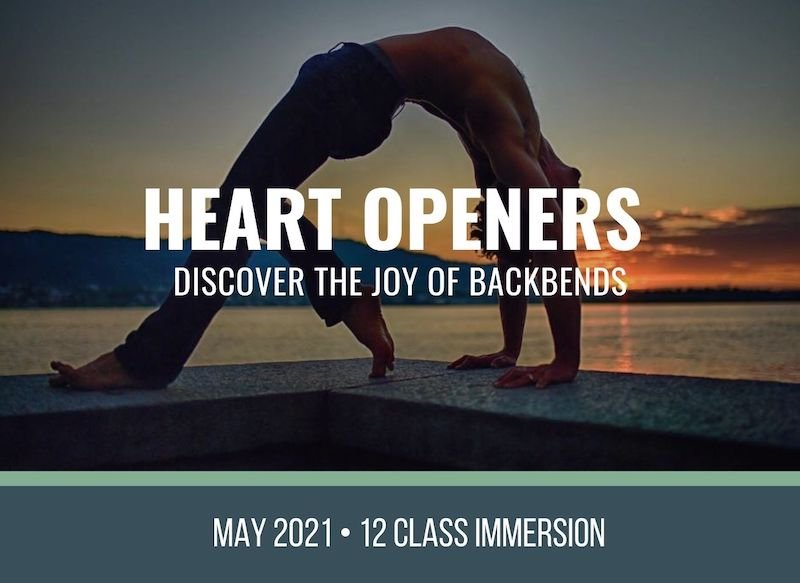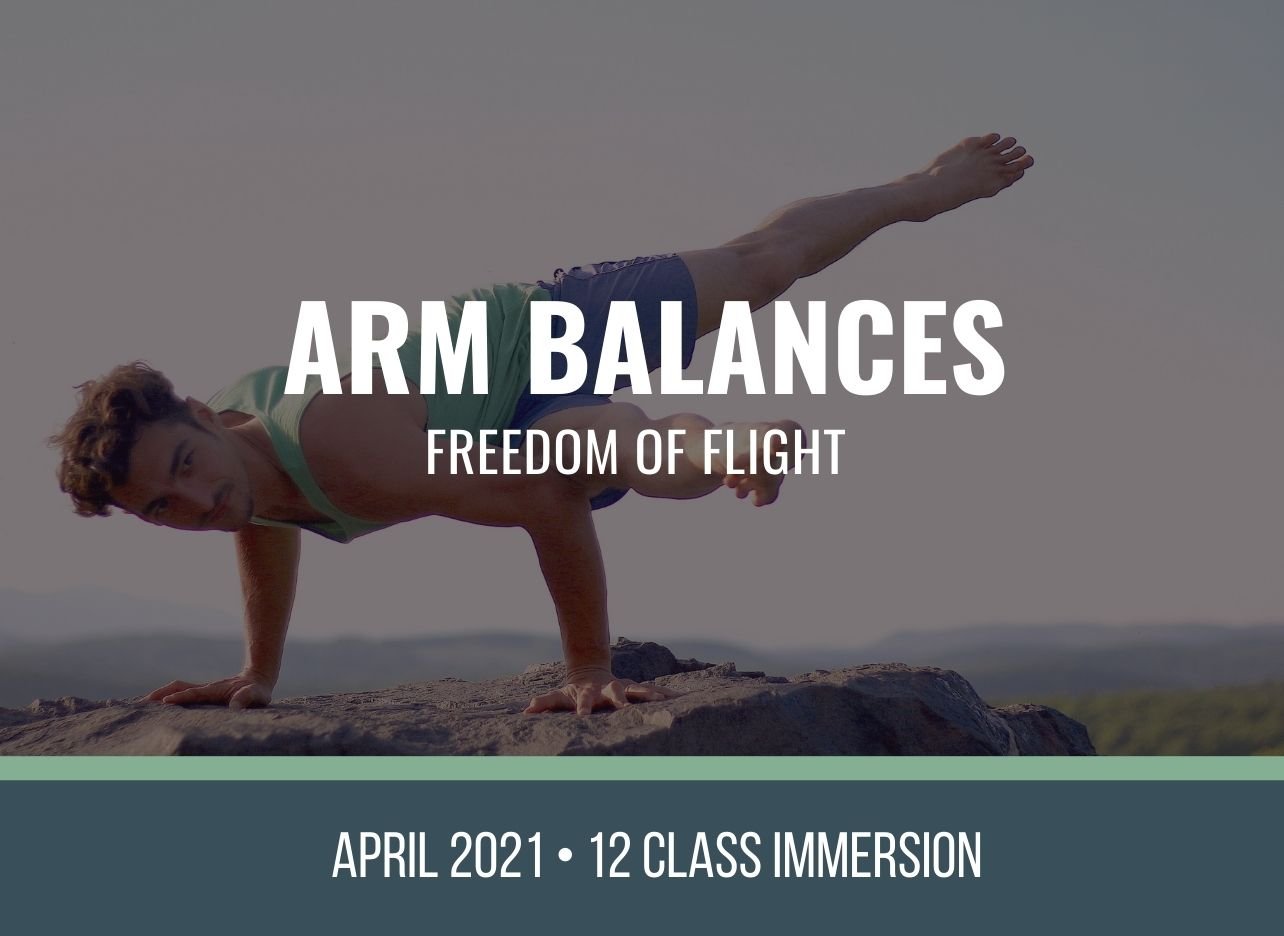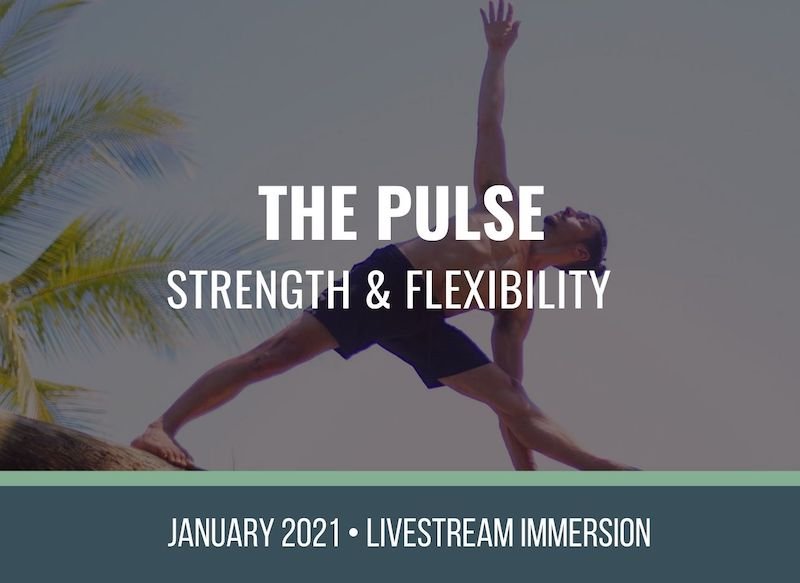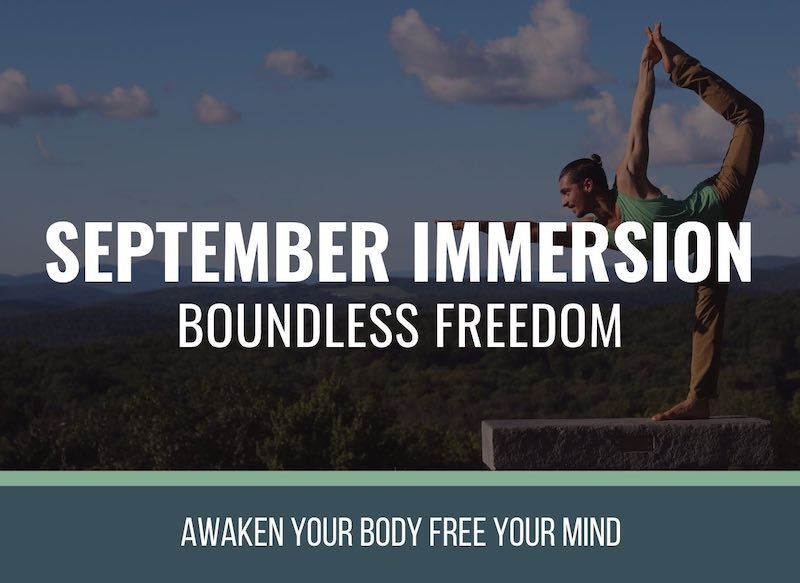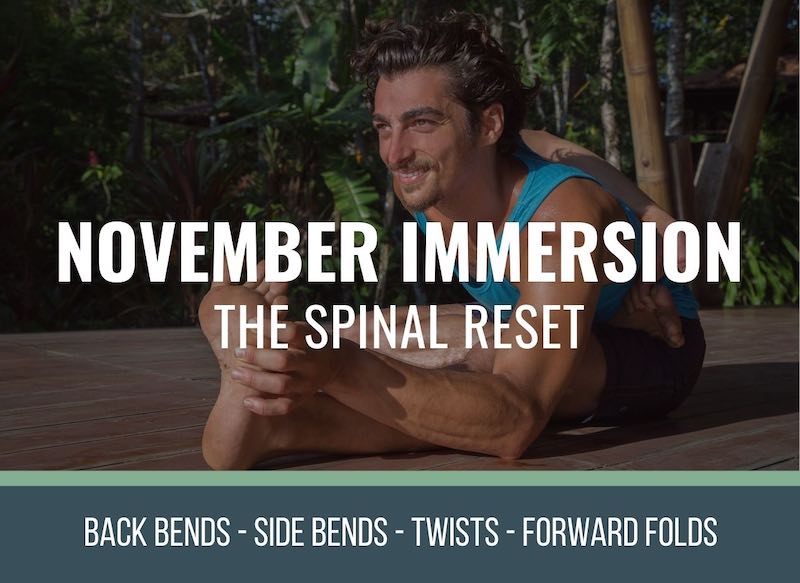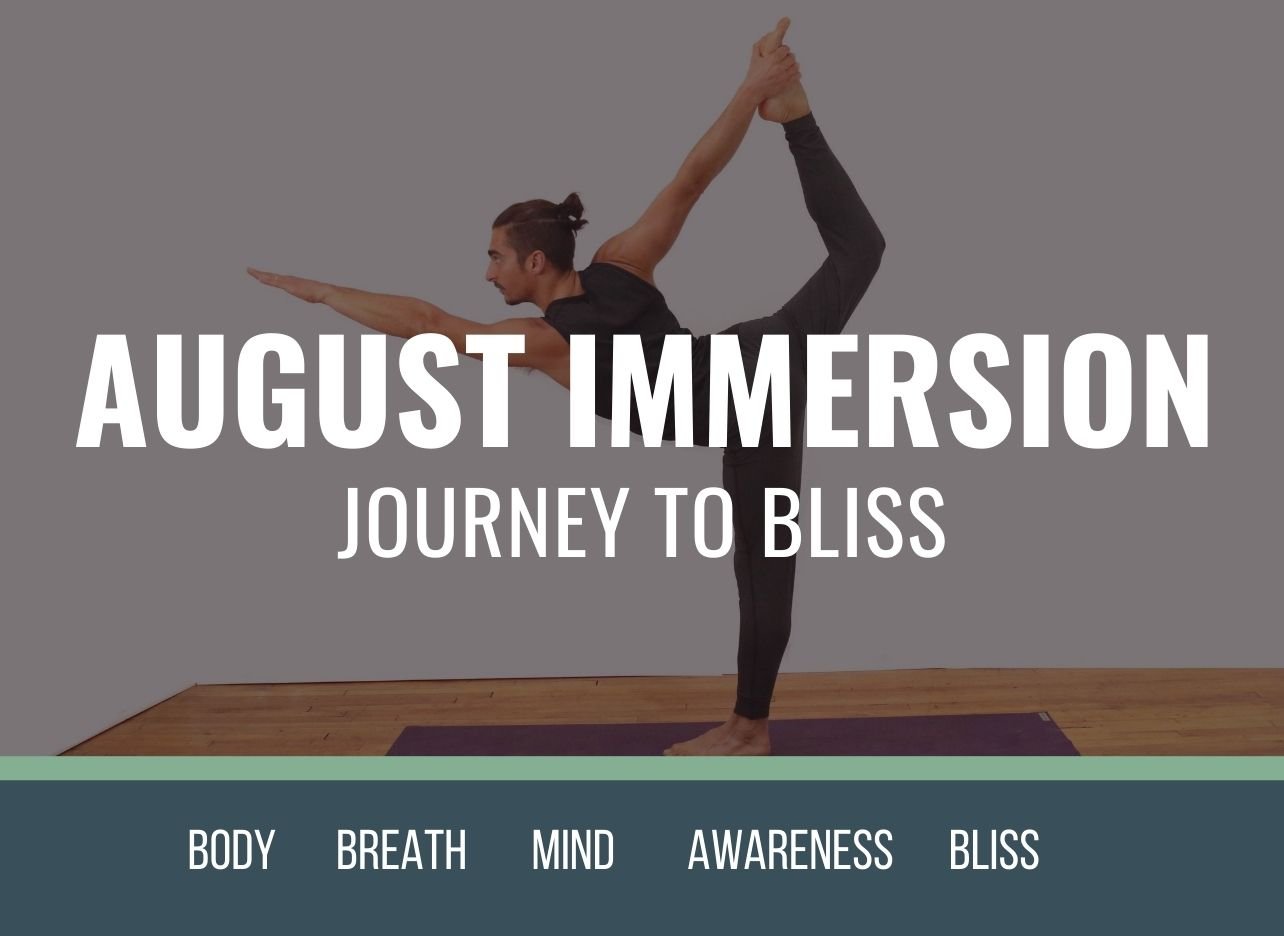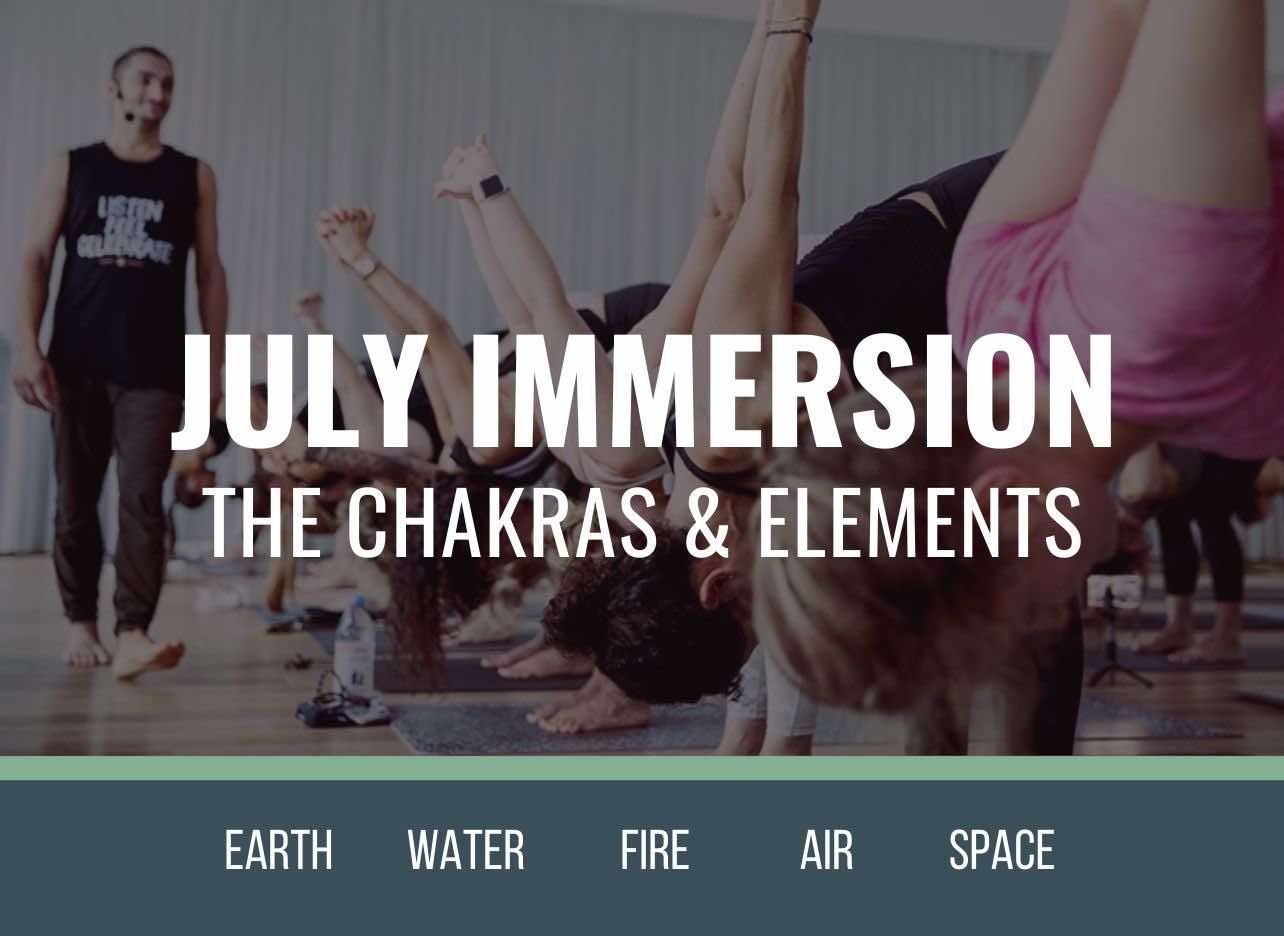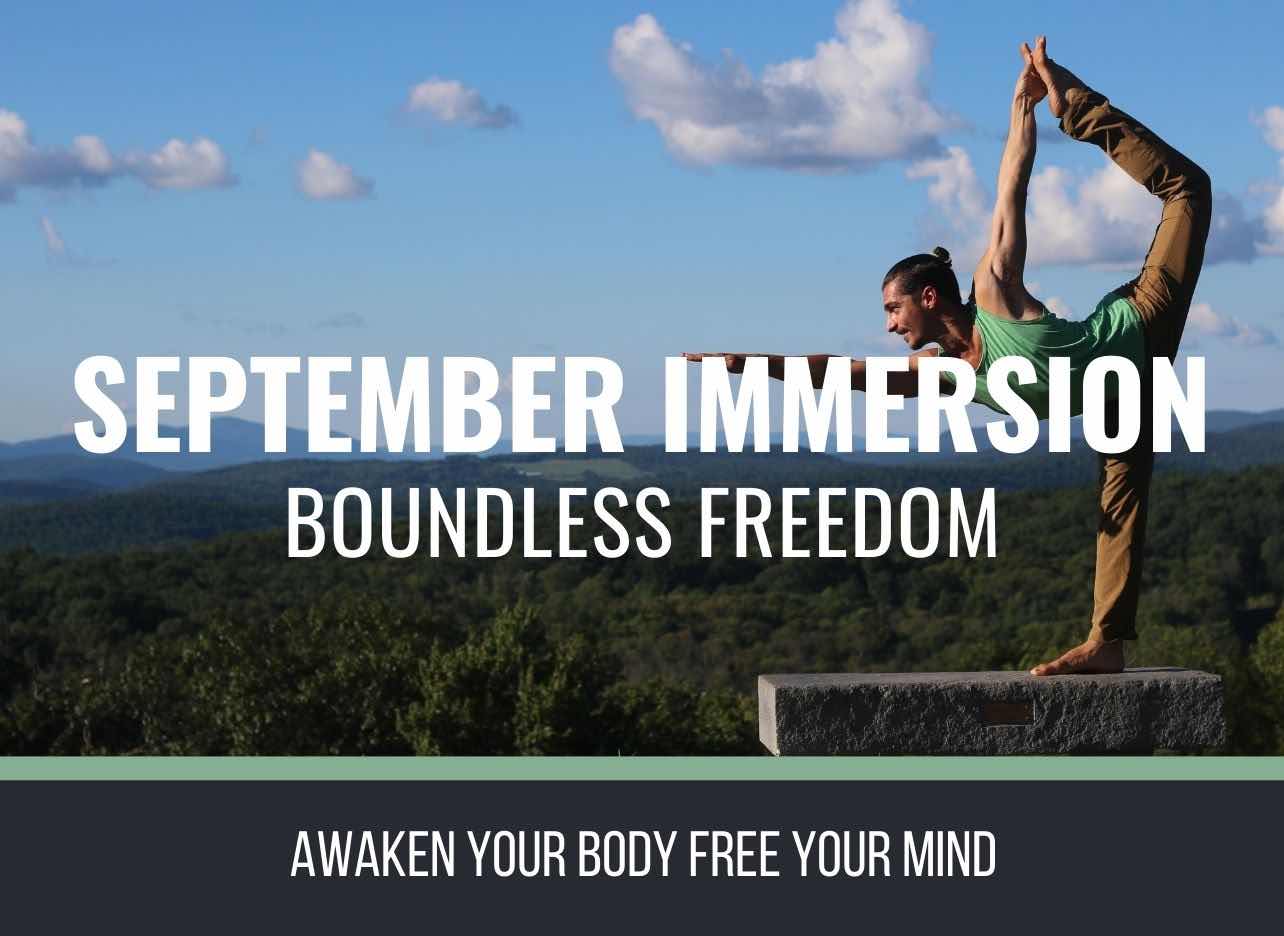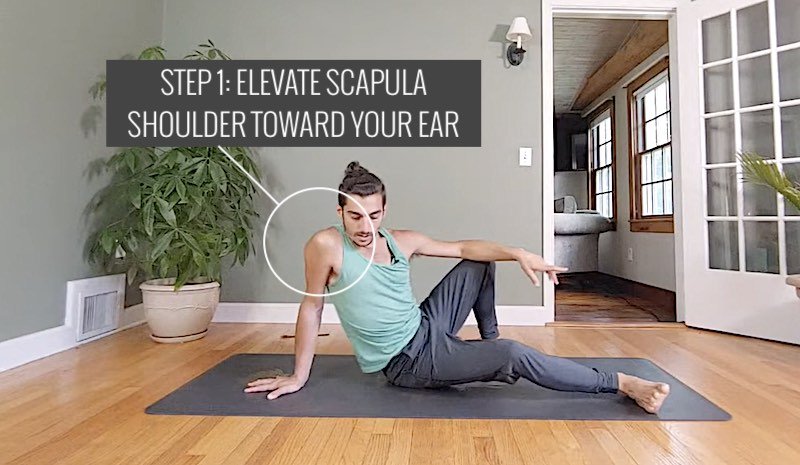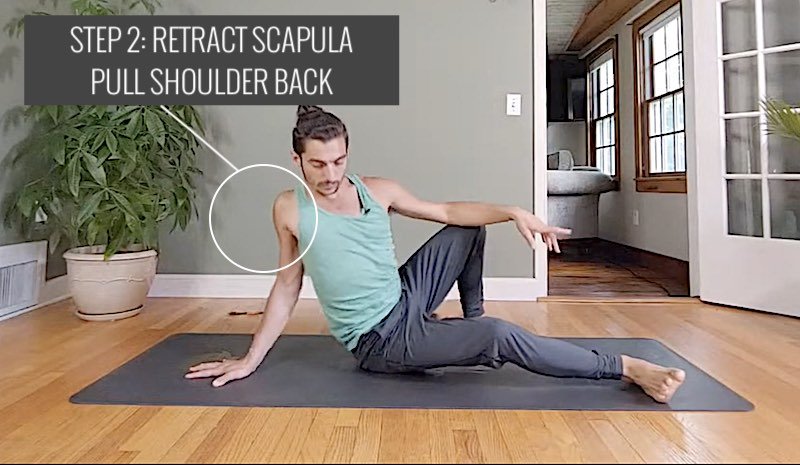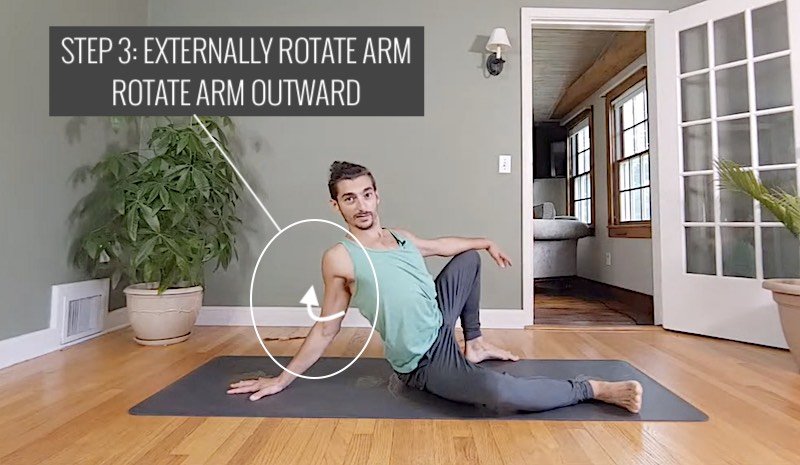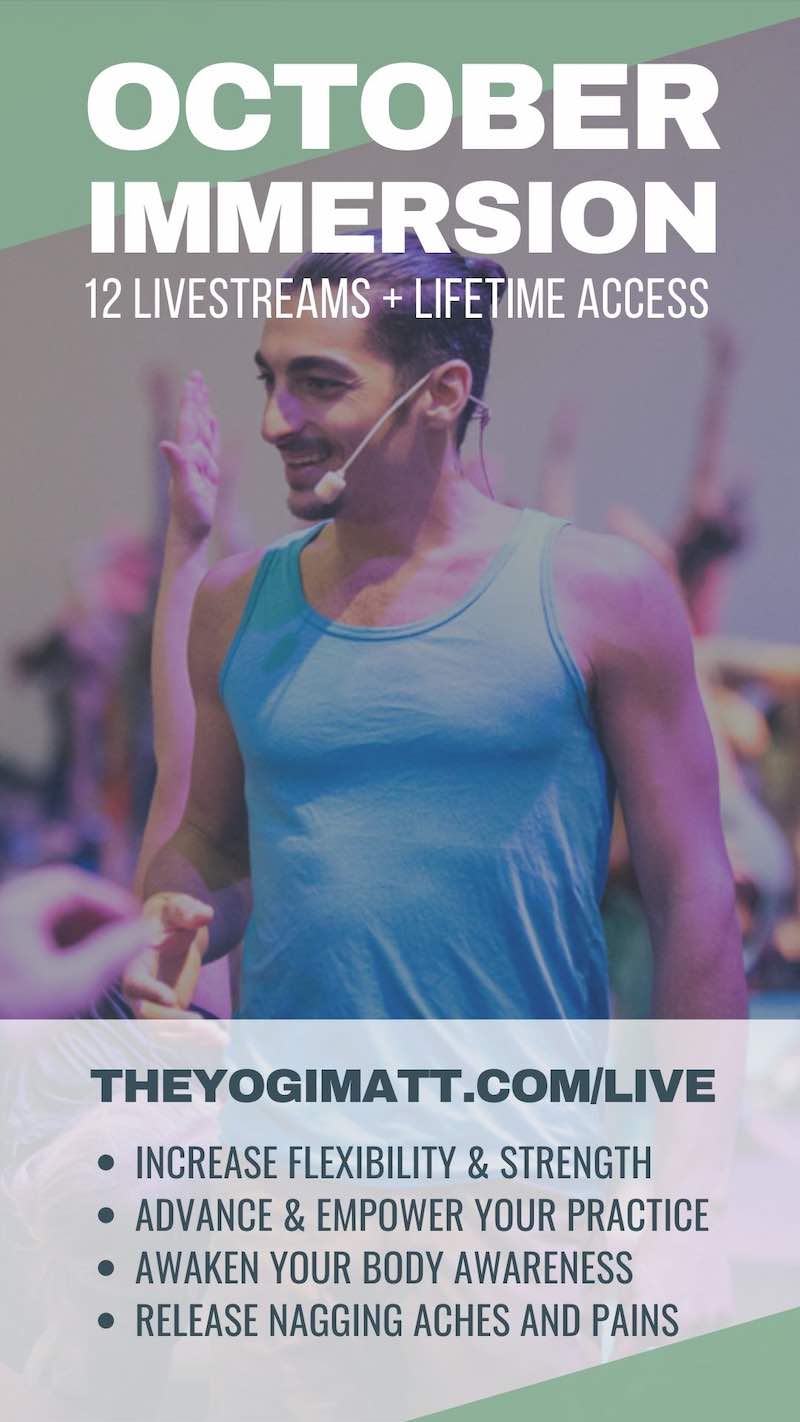Eka Pada Koundinyasana IArm BalanceEKA PADA KOUNDINYASANA I If Side Crow is already part of our practice, then Eka Pada Koundinyasana I is like adding on another layer to that posture, because they are quite similar. The added layer is that we extend the top leg...
yoga pose alignment full wheel
YOGA ALIGNMENT: FULL WHEEL POSE
THE 3 MYTHS DEBUNKED
FULL WHEEL
YOGA ALIGNMENT: FULL WHEEL POSE
Yoga alignment for Full Wheel Pose is anything but simple, but achieving an easeful expression of the posture in your body is most definitely attainable. We just have to break through some of the alignment myths that many teachers have been taught are “correct”.
Let’s quickly discuss the name of this posture because it has many. Wheel Pose is usually translated as “Chakrasana” because it opens ALL the energy centers. The posture is also known as Urdhva Dhanurasana which translates to Upward Facing Bow Pose. Many backbends in the yoga posture are either named Bow or after a type of Bow. Moving forward, I will use any of these names when discussing my suggestions regarding the alignment for full wheel pose.
Debunking the 3 Myths
What you may have been taught is the correct Yoga Alignment for Full Wheel Pose:
Hug your elbows in. Do not activate the glutes. Tuck your tailbone.
These are cues used often to move a student into wheel pose, but are they helpful? I don’t think so.
Wheel pose, Chakrasana is a very active and advanced pose. It requires extreme flexibility AND strength of the hips, shoulders, and wrists. Flexibility is required along the front body, and strength is required along the back body. The good news is, with disciplined practice and a healthy dose of body awareness, this powerful heart-opening extension pose can be accessible to many.
We need to clear some things up so you can start practicing the best alignment for your full wheel pose. Meaning, you may have some things to UNLEARN before you can dive deeply into your practice. Yoga teachers, please take a breath. You are not a bad teacher if you have said any of the following to your students – we are all in the process of learning and developing our skills as practitioners and teachers. Instead, celebrate that you are here, curious and ready to learn.
WATCH FULL WHEEL UNLOCKED
Myth #1: Tuck, hug or “squeeze” your elbows in.
Most of us are told to tuck our elbows in before rising into wheel. At this stage of the pose, this cue doesn’t really work.
I’ll show you why. Try this:
Follow along with the video at minute marker 7:50.
From a seated position, bend your elbows to a 90 degree angle in front of your chest, wrists bent so that palms face up. Now you’re simulating “tucking” or “squeezing” your elbows in. Move your elbows up and see how high your arms lift.
Now come back to position and widen your elbows. Press your arms up again.
Feel the difference? It’s pretty noticeable. Just like weightlifters would never tuck in their elbows to lift massive weight over their heads, you don’t want to limit your shoulder range of motion by keeping your elbows tucked. So elbows wide as you lift into your wheel.
WHAT IS THE CORRECT YOGA ALIGNMENT FOR FULL WHEEL?
Once IN the pose, you can certainly wrap your elbows in but this may not serve you if you find it challenging to straighten your arms. The reason why is that hugging your elbows in is actually an action at the shoulders, not at the elbow. This action is called external rotation of the upper arm bone. External rotation can be really great to help stabilize the shoulders, but remember that stability means less mobility. When you externally rotate the upper arms, your shoulder blades will follow the arms and will protract (move away from each other). Protraction creates stability and less mobility.
There is no correct alignment here; you have to assess what your needs are. Do you need more mobility or stability? If you are struggling to straighten your arms and your upper back feels stiff then DON’T wrap your elbows in, and DON’T protract your shoulder blades. IF, on the other hand, you are very mobile, coming up to wheel is easy, and your upper back easily extends, then of course you will want to balance out your mobility with stability. In that case, wrap your elbows in and broaden your shoulder blades.
Myth #2: Relax your glutes as you lift.
I don’t care if you’re Gumby or the Hulk, you cannot lift your hips off the ground against the weight of gravity without activating your glutes. The muscles that lift your hips from the ground ARE THE GLUTES, Gluteus Maximus in particular.
Imagine yourself walking for a moment. Better yet, walk around. Note how every time your upper thigh goes back behind you and your toes prepare to push off, your back buttock (and upper hamstrings) contracts. It’s activated. That’s what your glute muscles do when your hips are in extension.
Wheel is a powerful hip extending pose, so to lift yourself off the ground, you cannot relax your caboose. Once you are in full expression of your pose, there is no need to hyper squeeze your glutes or anus for that matter – this is an over activation of deeper muscles, and all it will do is leave you constipated (likely true).
300 HOUR ONLINE TEACHER TRAINING
GET 500 HOUR CERTIFIED AS A MASTER TEACHER
Master your skillset as a teacher through refined techniques, anatomy, biomechanics, sequencing, philosophy, meditation techniques, theming, yoga business, and much more!
THE BUTTOCK SOLUTION
Instead of hyper squeezing or clenching your deep buttock muscles, try to press into the inner edges of your heels. This will engage the T.F.L. (tensor fascia lattae) and internally rotate the thigh bones. Because T.F.L. is an internal rotator of the thigh, it balances out the Gluteus Maximus, which is an external rotator of the thigh.
BONUS: Activating T.F.L. creates a facilitated stretch, which is an activation of a muscle while it is in a lengthened position. Facilitated stretching is a way of increasing flexibility without losing muscle and joint integrity. Check out the Best Stretch for Your Hamstrings.
Myth #3: Tuck your tailbone.
I imagine the intent behind this cue is to get the student to activate their buttocks and probably core muscles. But anytime you scoop your tailbone, you’re taking your lumbar spine into flexion (rounding). You might ask, Isn’t that safer? In short, no. Trying to round your low back while simultaneously moving into full wheel is a collision course waiting to happen. BE SURE TO WATCH AT 12:35 Seconds FOR CLARITY
FULL WHEEL WORKSHOP
PAY WHAT YOU CAN!
Full-length workshop teaching you yoga alignment for full wheel pose. Develop the necessary flexibility and strength through applied techniques. This workshop is available in pay-what-you-can format or you can purchase Full Body Bliss, the 12 class immersion that includes this workshop.
Yes, it is true that an active core can help you stabilize your spine, but a lot of people concentrate on superficial muscles like rectus abdominus or obliques. Contracting these muscles while in wheel shortens your abdomen, which in turn shortens the front of your spine. Wheel pose itself shortens the back of your spine – the two together amounts to immobility at best, and pain or injury at worst.
Instead, consider strengthening your transverse abdominus ahead of time. This is a deep muscle that will strengthen a myriad of postures and stabilize your spine while leaving room for mobility. Build a strong DEEP core ahead of time and your practice will flourish in ways you never imagined, especially in back bending and twisting postures.
To learn more about the proper setup for wheel pose, check out Backbends and The Glutes with a short follow-along video.
TOP RELEVANT RECOMMENDATIONS
1. Full Wheel Workshop (pay what you can)
2. “Full Body Bliss” (includes Full Wheel Workshop + 11 more master classes)
3. THE SPINAL RESET: 12 Class Immersion
MORE WAYS TO DEVELOP YOUR PRACTICE
UPCOMING IMMERSION
Each month, you have the opportunity to enroll in 3 weekly classes! You get lifetime and unlimited access to each of the classes. Once you enroll, you also have the opportunity to view all classes live as they stream. Each month has a physical focus to help you gain targeted techniques and advance your body awareness.
Be a part of the community! After enrolling, you can connect with members through our exclusive Facebook group, where you can get tips directly from me, Matt Giordano. You are encouraged to share photos and videos of your practice for personalized support.
I look forward to sharing this practice with you and helping you develop in a big way!
~Matt
WHAT STUDENTS SAY ABOUT THE LIVE IMMERISONS
Matt‘s classes are phenomenal. If you ever have the ability to practice with him, make use of it!! He has a very unique talent of combining anatomy, yoga philosophy, and his own perspective into a super intense package of knowledge which is fun AND easy to understand. I enjoyed the April immersion a lot as it was a great way of deepening my own practice and broadening my horizon, especially as the lifetime access allows you to take classes as often as you want. Trust me, you will want to take them again! I can’t wait for next month’s classes and highly recommend everyone to take the next pass and join in on the journey.
Matt’s April pass was a journey. It was more than just the physical exploration of my practice but also helped me explore my spiritual practice. It was very nice to have a consistent practice during this time of uncertainty. If you are looking for a practice to ground yourself, I would highly recommend exploring the Live Immersion of the Month.
Covid-19 brought Matt into my home and my yoga practice. This last month I have learned so much. It has deepened my practice and my understanding of anatomy & biomechanics and how we use both in every asana we practice. He has also helped in my teaching, i.e. asking my students to think about the foot as a tripod “big toe, pinkie toe, heel.” I never imagined I would learn so much from the immersion.
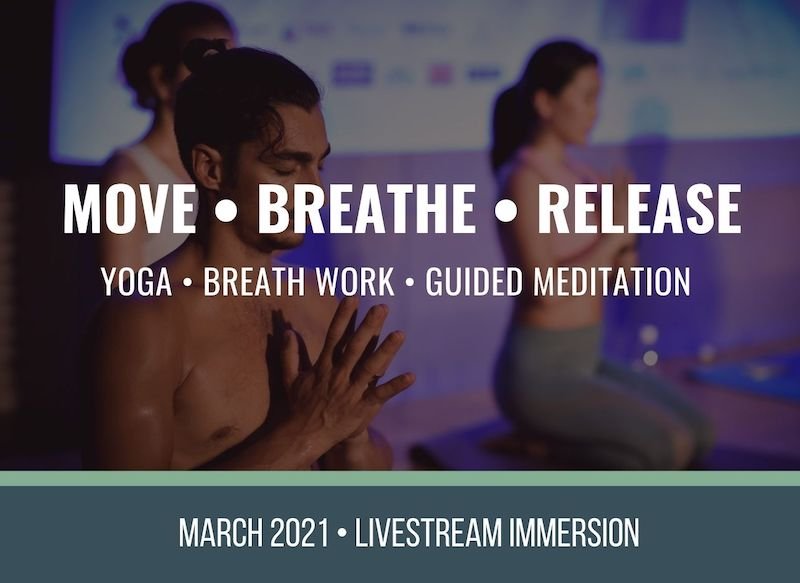
MOVE • BREATHE • RELEASE
Yoga, Breath Work & Guided Meditation
- 12 ALL LEVELS LIVESTREAM CLASSES
- WATCH ANYTIME WITH LIFETIME ACCESS
- DEVELOP YOUR YOGA PRACTICE, RELEASE TENSION IN THE BODY AND MIND
$128.00
Continue Learning
Eka Pada Koundinyasana I
Achieve Flying Balance
Achieve Flying BalanceArm BalanceACHIEVE FLYING BALANCE Achieving an arm balance is quite extraordinary when you consider all that’s involved. And when we refer to an arm balance as a “flying balance,” there is even more involved. The “flying” in Eka Pada...
Virasana
VirasanaHip ExtensionVIRASANA For some of us, postures like Virasana and Lotus can be uncomfortable or even painful for the knees, so we avoid them altogether. Depending on what we’re dealing with, this may be the best decision. If there is room for safe exploration,...
Get Bendy
Get BendySpinal MobilityGET BENDY In the yoga context, getting bendy can conjure up images of postures that may seem far-fetched or unattainable. What we should set our sights on instead is not an end result but rather all the things we learn while we're exploring...
Wall Drills To Progress In Handstand
Wall Drills to Progress in HandstandAdho Mukha VrksasanaWALL DRILLS TO PROGRESS IN HANDSTAND Wall drills for Handstand are an excellent way to master the mechanics required to go upside down with confidence. Using the wall as a support to refine alignment, rather than...
Mountain Pose Mechanics
Mountain Pose MechanicstadasanaMOUNTAIN POSE MECHANICS How often do we go back to refine the “basics”? Revisiting a posture like Mountain Pose (Tadasana) is like pruning a tree. We may have already developed a foundation, but it’s important to continue to clip away...
THE FREE TECHNIQUE PACK
When You Subscribe, You Will Get Instant Access to
- the Technique Pack: 15 yoga pose breakdowns
- exclusive online course discounts
- exclusive blogs and videos

